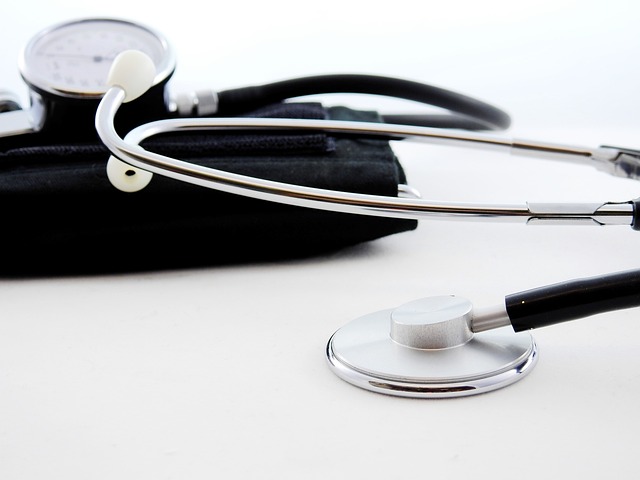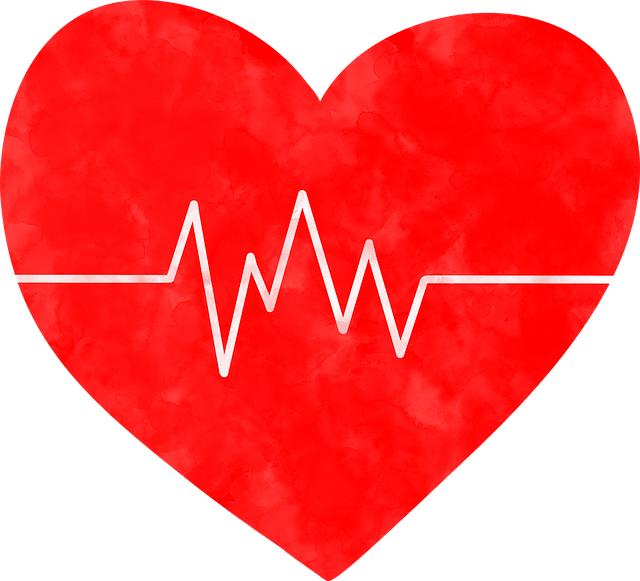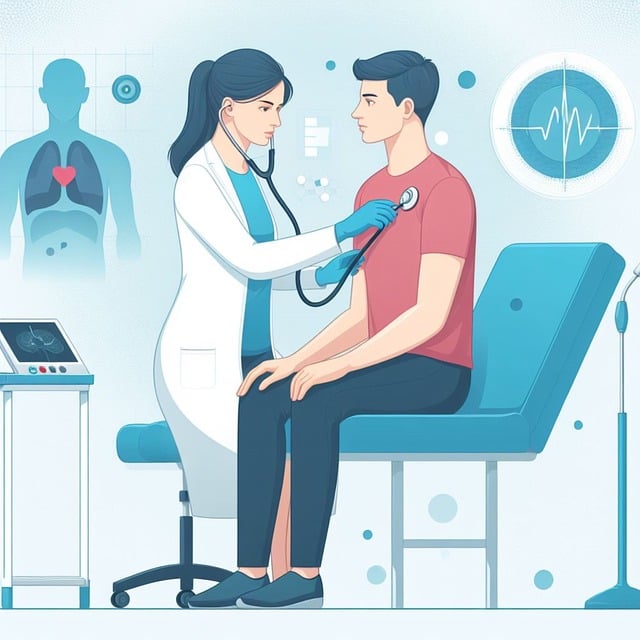Ensuring Precision: Best Practices for Medical Record Translation UK
Medical Record Translation UK is a critical service addressing communication barriers in healthcare, ensuring patient safety through accurate cross-language translations. It faces unique challenges, requiring translators with medical expertise and cu…….

Medical Record Translation UK is a critical service addressing communication barriers in healthcare, ensuring patient safety through accurate cross-language translations. It faces unique challenges, requiring translators with medical expertise and cultural sensitivity to navigate complex terminology and regional variations while maintaining strict privacy and data security standards. Best practices include hiring qualified professionals, leveraging translation memory tools, and peer review processes. Adherence to BSI and ISO standards is vital for reliable service providers, enabling effective communication within the UK's diverse healthcare system. Advanced technology, including machine translation and AI, streamlines workflows while preserving medical nuances.
In the dynamic landscape of healthcare, accurate medical record translation services are vital for UK authorities to ensure seamless communication and effective patient care. With a growing multicultural population, the demand for precise and culturally sensitive translations is at an all-time high. This article explores the intricacies of medical document translation in the UK, addressing challenges, best practices, regulatory standards, and the pivotal role technology plays in enhancing accuracy and efficiency. Understanding these aspects is crucial to maintaining high-quality healthcare services for all.
- Understanding the Importance of Accurate Medical Translation in the UK
- Challenges and Considerations in Translating Medical Records
- Best Practices for Ensuring High-Quality Translations
- Regulatory Requirements and Standards for Medical Document Translation
- The Role of Technology in Enhancing Medical Translation Services
Understanding the Importance of Accurate https://www.espressotranslations.co.uk/translation-services/medical/ in the UK

In the dynamic landscape of modern healthcare, accurate medical record translation services are indispensable for UK authorities and healthcare providers. As a diverse nation with a complex healthcare system, ensuring clear communication across languages is paramount to patient safety and effective care. Medical Record Translation UK plays a critical role in bridging this gap, facilitating seamless information exchange between medical professionals, insurance companies, and government agencies.
The significance of precise translations cannot be overstated, especially considering the high stakes involved in medical practice. Inaccurate or inadequate translation can lead to misdiagnosis, incorrect treatment plans, and potential harm to patients. Therefore, professional medical translators must possess not just linguistic proficiency but also a deep understanding of medical terminology and cultural nuances. This ensures that complex medical concepts are conveyed accurately, preserving the integrity of patient records and facilitating efficient decision-making processes within the UK healthcare system.
Challenges and Considerations in Translating Medical Records

The process of translating medical records for UK authorities presents a unique set of challenges due to the highly specialised and sensitive nature of the content. Accurate translations demand a deep understanding of medical terminology, as well as cultural nuances, to ensure clarity and compliance with legal requirements. Professionals must be adept at navigating complex medical jargon, technical terms, and even regional variations in medical practice to deliver precise interpretations.
Considerations extend beyond mere linguistic proficiency. Confidentiality and data security are paramount, requiring strict adherence to privacy regulations. Additionally, preserving the integrity of medical information is crucial, as any errors or omissions could have severe implications for patient care and legal outcomes. Therefore, specialised translation services with robust quality assurance processes are essential for reliable Medical Record Translation UK.
Best Practices for Ensuring High-Quality Translations

When it comes to medical record translation in the UK, maintaining accuracy and quality is paramount for effective communication within healthcare systems. To ensure top-tier results, several best practices should be implemented. Firstly, employing qualified and experienced translators with expertise in medical terminology is essential. These professionals must possess a deep understanding of both the source and target languages to accurately convey complex medical concepts.
Additionally, using standardized translation memory tools can significantly enhance consistency. These tools store previously translated terms and phrases, allowing translators to maintain coherence throughout the entire document. Moreover, peer review processes and quality assurance checks by subject matter experts are vital to catch any potential errors or ambiguities. This meticulous approach guarantees that medical records are not only accurately translated but also culturally adapted for UK audiences, ensuring effective communication in diverse healthcare settings.
Regulatory Requirements and Standards for Medical Document Translation

When it comes to medical record translation in the UK, adhering to stringent regulatory requirements is paramount. Authorities like the NHS and social care providers must ensure that translated documents are accurate, reliable, and conform to high standards. This involves following specific guidelines set forth by bodies such as the British Standard Institution (BSI) and the International Organization for Standardization (ISO). These standards guarantee consistency, security, and the preservation of medical information’s critical nuances during translation.
Medical Record Translation UK services must also be capable of handling a wide range of document types, from patient case notes to specialist reports. Translators need to be qualified professionals with expertise in both language pairs and medical terminology to deliver precise translations. This ensures that vital patient data is conveyed effectively across languages, facilitating seamless communication within the UK’s diverse healthcare system.
The Role of Technology in Enhancing Medical Translation Services

Technology has revolutionised the field of medical translation, particularly for services like Medical Record Translation UK. Advanced machine translation tools and artificial intelligence are now capable of providing quick, accurate, and contextually relevant translations for a wide range of medical documents. These innovations ensure that complex medical jargon is handled with precision, maintaining the integrity of critical information during transfer from one language to another.
For instance, neural machine translation models can understand and capture subtle nuances in medical terminology, resulting in more reliable interpretations. Additionally, technology facilitates seamless integration of translated records into existing digital health systems, streamlining workflows for UK authorities tasked with managing diverse linguistic medical data efficiently.
In the realm of healthcare, accurate medical record translation plays a vital role in ensuring effective patient care and adherence to UK regulations. Navigating the challenges of translating medical documents requires a deep understanding of both language and the specific nuances of medical terminology. Best practices emphasize the importance of qualified translators with expertise in the field, while regulatory standards ensure the integrity and security of sensitive information. Embracing technology enhances translation services, streamlining processes and improving efficiency for UK authorities dealing with diverse medical records from around the globe. When it comes to Medical Record Translation UK, leveraging these strategies ensures that communications are precise, secure, and life-saving.





